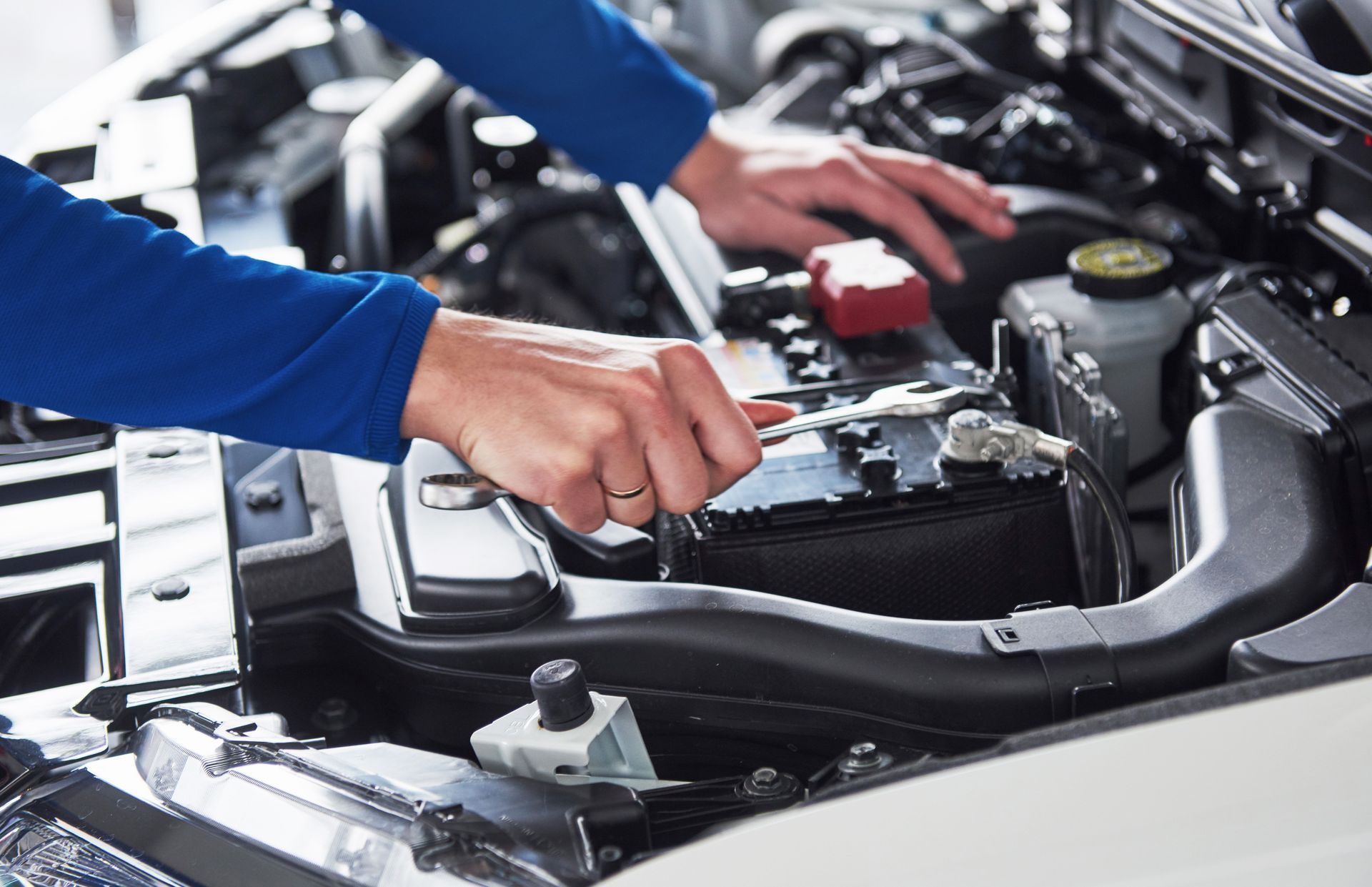3 Signs You're in Need of Auto Repair
Maintaining your vehicle in proper working condition is crucial for your safety and the longevity of your car. With our hectic schedules, it's easy to overlook the subtle signs that your vehicle might need some attention. Ignoring these clues can lead to more extensive and costly repairs down the line. In this article, we'll explore some of the key indicators that suggest it's time to visit your local auto repair shop.
1. Notice Unusual Noises
Firstly, unusual noises emanating from your vehicle are often an early warning sign. If you hear grinding, squealing, or knocking sounds, it could indicate a problem with your brakes or engine. These peculiar noises might not be apparent at first, but they tend to worsen over time. Ignoring such sounds can lead to significant damage, not to mention compromising your safety on the road. It's always prudent to get your car checked out by a professional if you start hearing anything strange while driving.
2. Observe Change in Handling
Another sign that your vehicle may need repair is a noticeable change in how it drives. This includes issues like stalling, rough idles, or vibrations. Such symptoms might stem from various mechanical issues, including problems with the transmission or fuel system. According to Statista, there are almost 240,000 auto repair companies in the United States, which means there is likely a registered business nearby that can address these perturbing issues efficiently.
3. See Warning Lights
Additionally, dashboard warning lights are a clear indicator that your car needs attention. Modern cars come equipped with sophisticated computer systems that monitor the vehicle's health. When a warning light illuminates, it's the car's way of telling you something is wrong. Ignoring these lights can lead to severe damage or even put you at risk while driving. Therefore, it is always best to consult a repair professional to interpret these warnings and perform any necessary maintenance or repairs.
Being attentive to your car's behavior and addressing issues at the earliest sign can save you time and money. Regular maintenance checks and prompt repairs are essential for the safe and efficient functioning of your vehicle. With the abundance of auto repair shops available across the nation, including the vast network highlighted by Statista, there’s no excuse for neglecting your car’s well-being. Keep an eye out for these signs and act accordingly to ensure your vehicle remains in top-notch condition. Reach out to our team at Ric Henry's Auto Service to get started on auto repair today.






Share On: